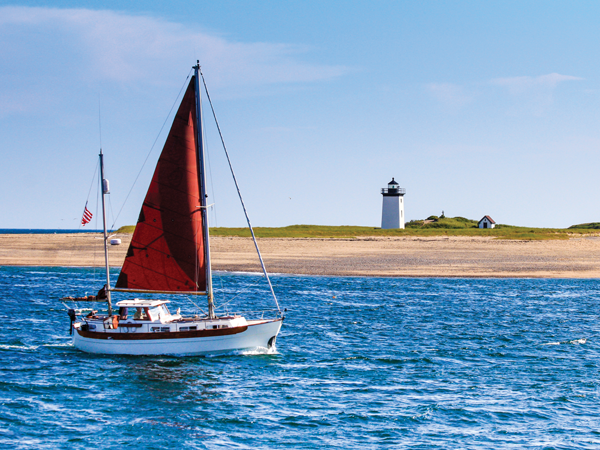For over five years, Hawaii ranked as the healthiest state in the U.S., but according to the latest United Health Foundation’s rankings, but another state has now taken over the top spot.
The 2017 America’s Health Rankings serves as a benchmark for states -- and the nation -- to measure progress, identify emerging trends and drive action for improving public health.
Health is a state of complete physical, mental, and social well-being and not merely the absence of disease or infirmity,” as defined by the World Health Organization.
According to the report, U.S. life expectancy at birth is 78.9 years. Hawaii had the highest life expectancy in the U.S. at 81.3 years.
The Environmental Protection Agency estimated the Clean Air Act prevented 130,000 heart attacks, 1.7 million asthma attacks, and 13 million lost workdays between 1990 and 2010. Adult smoking also declined in all 50 states in the past five years, the survey noted.
Based on the rankings, the population that does not have health insurance privately, through an employer or through the government, decreased 44 percent from 16.0 percent to 9.0 percent.
America’s Health Rankings Annual Report is a continually evolving snapshot of state and national health, and provides insights on how each state’s health changes and enables action to make improvements.
These are the healthiest states, according to the ranking:
10. New York

New York made the largest gain, moving from No. 18 in 2012 to No. 10 this year. Since 1990, New York rose 30 places. New York ranked best for occupational fatalities with two deaths per 100,000 people compared with the national average of 4.3 deaths.
9. Washington

Washington ranked fourth in physical activity, with 17.6 percent of adults in the state physically active compared with the national average of 23.4 percent of adults meeting the physical requirements. Only 13.9 percent of Washington’s residents smoked cigarettes compared with the national average of 17.1 percent.
8. New Hampshire

New Hampshire ranked best on the percentage of children living in poverty, at only 7.6 percent, compared with the national average of 18.1 percent. New Hampshire ranked sixth in air pollution, with 5.9 micrograms of particles per cubic meter compared to the national average of 8.6 micrograms per cubic meter.
7. Colorado

Colorado ranked second in physical activity, with 15.8 percent of the state's population being physically active compared with the national average of 23.4 percent of adults. So it’s no surprise that Colorado ranked first in the lowest obesity rate, at 22.3 percent of the state’s population compared with the national average of 29.9 percent.
6. Minnesota

Minnesota ranked fourth in health insurance coverage, with only 4.3 percent of the population uninsured compared with the national average of 9 percent. Despite the colder temperatures, Minnesota ranks fifth in physical activity with 18 percent of the population meeting physical requirements compared with the nation’s inactivity level of 23.1 percent.
5. Connecticut

Connecticut ranked fourth in primary care physicians with 209.4 doctors per 100,000 people, compared with the national average of 149.7 per 100,00 people. Low crime in the state ranks it in fifth place with 227 incidents per 100,000 people, lower than the national average of 397 offenses per 100,000 people.
4. Utah

Utah improved its ranking, moving up four places. Utah also improved its rankings for air pollution and immunizations among children. Utah ranks first in fewest smokers, with 8.8 percent of the population lighting up compared to the 17.1 percent of American who smoke.
3. Vermont

Vermont improved 17 places, from No. 20 to No. 3. Vermont ranked third in air pollution, with 5.5 micrograms of fine particles per cubic meter compared to the national average of 8.6 micrograms per cubic meter. Feel safer in Vermont with 158 criminal offenses per 100,000 people compared to the national average of 397 offenses per 100,000 people.
2. Hawaii

Hawaii held the number one spot for the past 5 years. Between 2012 and 2017, Hawaii had the largest decrease in air pollution levels from 8.9 percent to 5.9 percent. Hawaii ranked first in preventable hospitalizations for lowest discharges for ambulatory care-sensitive conditions for Medicare enrollees aged 65 and older.
1. Massachusetts

For the first time, Massachusetts ranked as the healthiest state. Massachusetts had the lowest percentage of uninsured residents, with only 2.7 percent of the population without health coverage and the state also had a low prevalence of obesity. Physicians were abundant with 200 for every 100,000 people and 54.7 per 100,000 mental health providers. Massachusetts reduced smoking by 25 percent in the past five years, from 18.2 percent in 2012 to 13.6 percent of adults in 2017.
For the complete report click here.